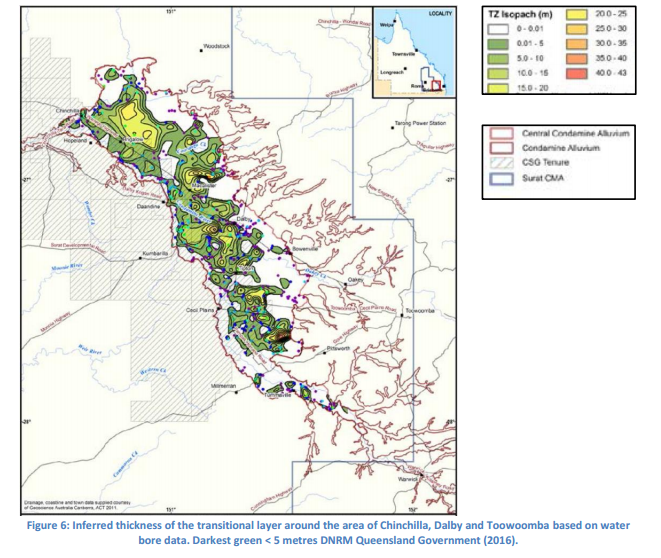The risk of migratory methane emissions resulting from the development of Queensland coal seam gas

Authors: Dimitri Lafleur and Mike Sandiford
Summary: In sedimentary basins migration of methane and other fluids occurs naturally in response to multiple factors. Natural methane surface seeps are well known in many gas provinces. The pathways for such seeps can be enhanced and new pathways created through subsurface resource developments, leading to so-called induced migratory emissions. Distinguishing induced migratory emissions from natural emissions is important for a range of considerations, including resource recovery efficiency and safety, carbon budgets and environmental impacts.
As a companion to a more extensive paper on the measurement and reporting of methane emissions of unconventional gas, this paper reviews the current understanding of migratory emissions associated with CSG developments in eastern Australia. The paper forms part of series of contributions from the Melbourne Energy Institute’s Sedimentary Basin Management Initiative aimed at providing new approaches to optimising the value of subsurface sedimentary basin resources.
The current paucity of publicly available data makes it impossible to definitively assess the impact of coal seam gas (CSG) production has had, if any, on the creation of new migratory emissions pathways and the enhancement of known methane seeps, such as in the Condamine River in Queensland. Similarly, in the absence of thorough baseline data, the cumulative impacts of water production from various aquifers for multiple purposes would compromise unique attribution of cause and effect in any observed enhancement of such seeps.
The full report can be downloaded here.